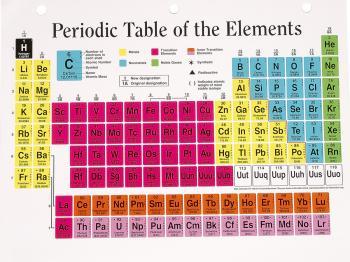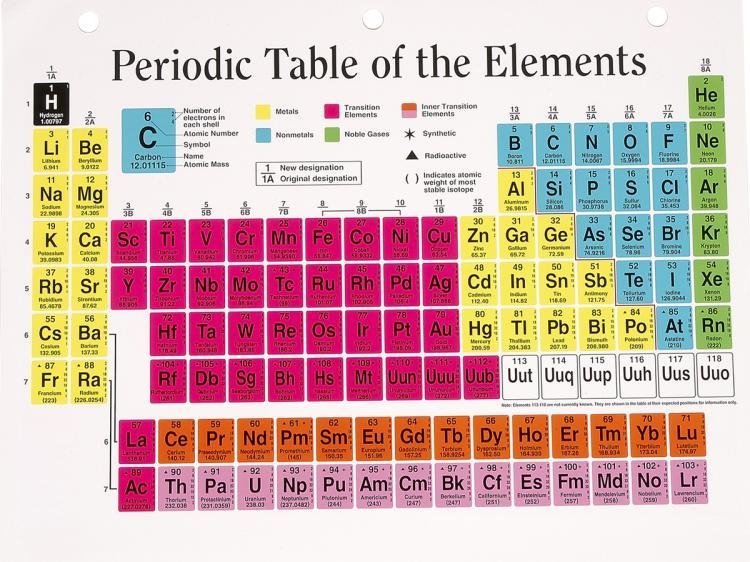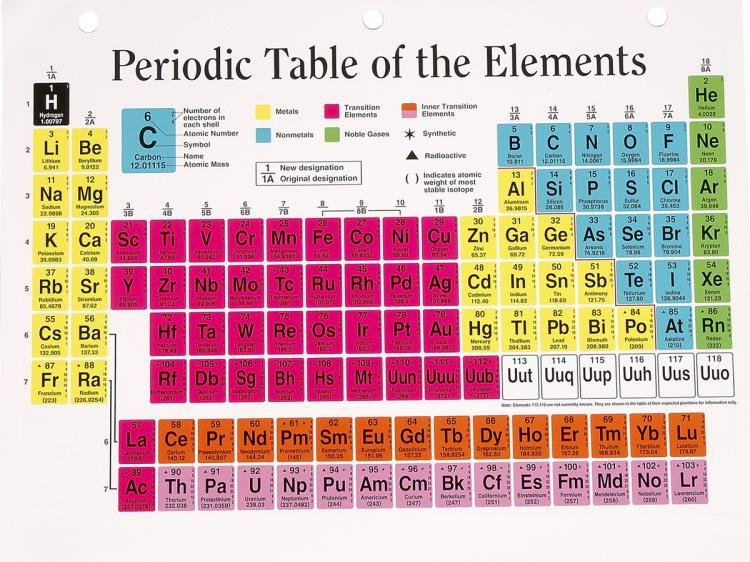A team in the southwest German city of Darmstadt first produced 112 in 1996 by firing charged zinc atoms through a nearly 400-foot-long particle accelerator to hit a lead target.
“The new element is approximately 277 times heavier than hydrogen, making it the heaviest element in the periodic table,” the scientists at the GSI Helmholtz Center for Heavy Ion Research said in a statement.
The zinc and lead nuclei were fused to form the nucleus of the new element, also known as Ununbium, Latin for 112.
The International Union of Pure and Applied Chemistry (IUPAC) confirmed the discovery of 112 by the team led by Sigurd Hofmann at the Helmholtz Center. IUPAC has asked for an official name for the element to be submitted.
John Jost, executive director of IUPAC in North Carolina, said that creating new elements helped researchers to understand how nuclear power plants and atomic bombs function.
The atomic number 112 refers to the sum of the atomic numbers of zinc, which has 30, and lead, which has 82. Atomic numbers denote how many protons are found in the atom’s nucleus.
Scientists at the Helmholtz Center have discovered six chemical elements, numbered 107-112, since 1981. The remaining five elements have already been recognized and named.
In 1925, scientists discovered the last naturally occurring element on the periodic table. Since then researchers have sought to create new, heavier elements.
Proving the existence of atoms with such a high mass, the so-called superheavy elements, is a complex procedure because they exist for only tiny fractions of a second and then decay radioactively into other elements.







